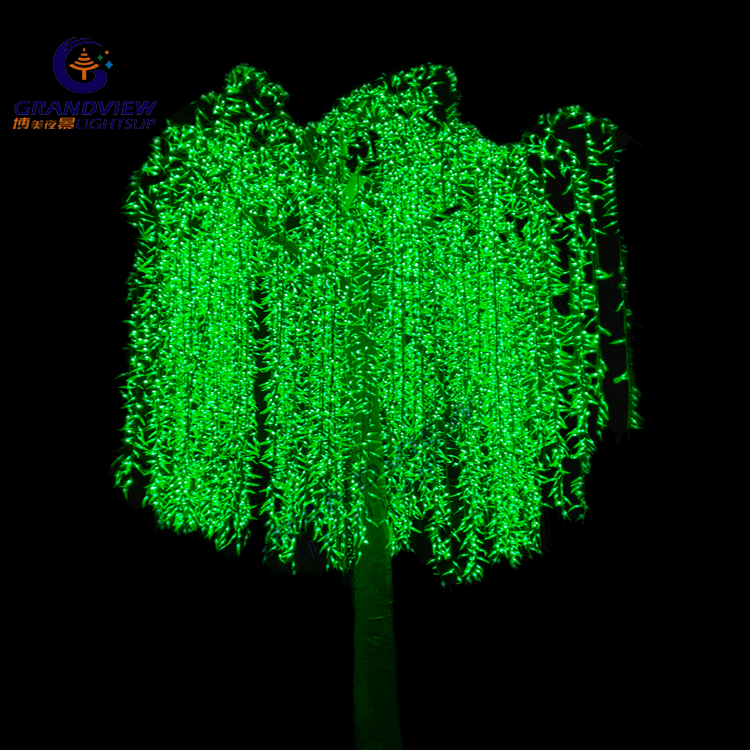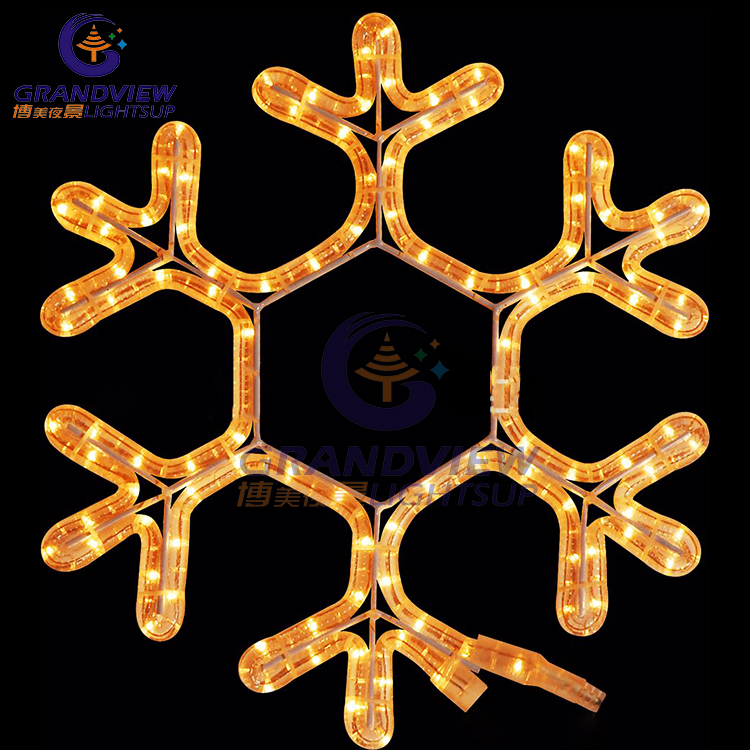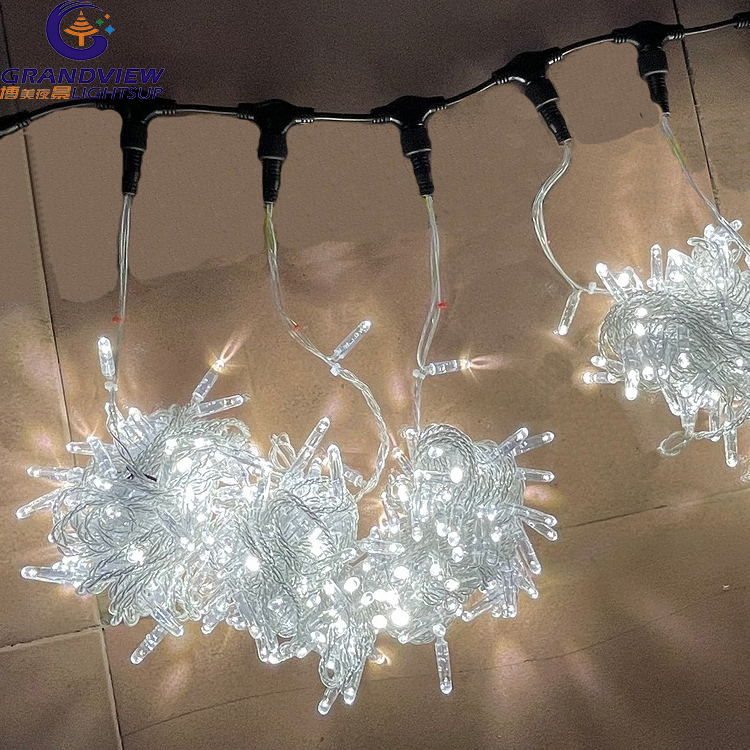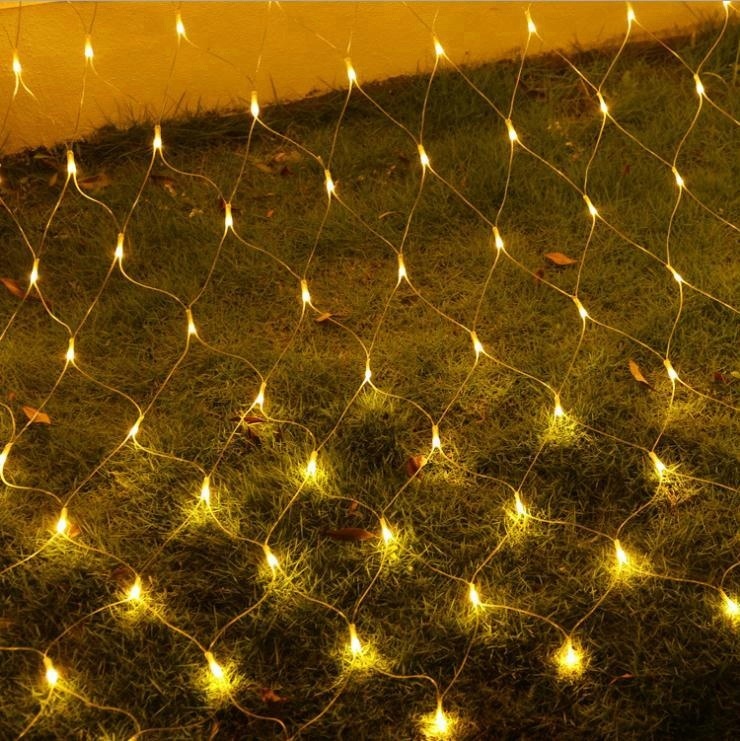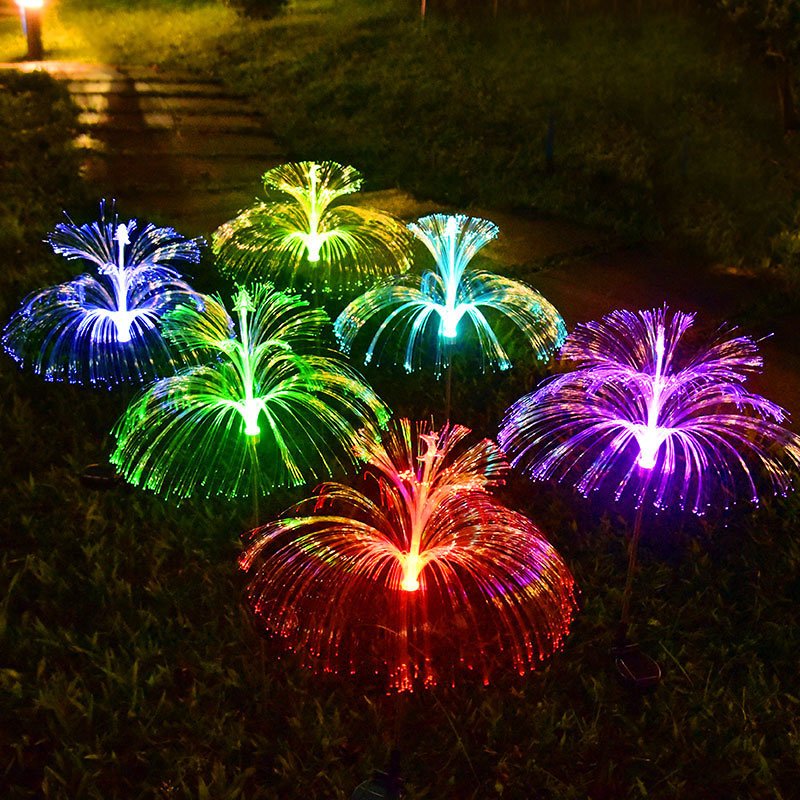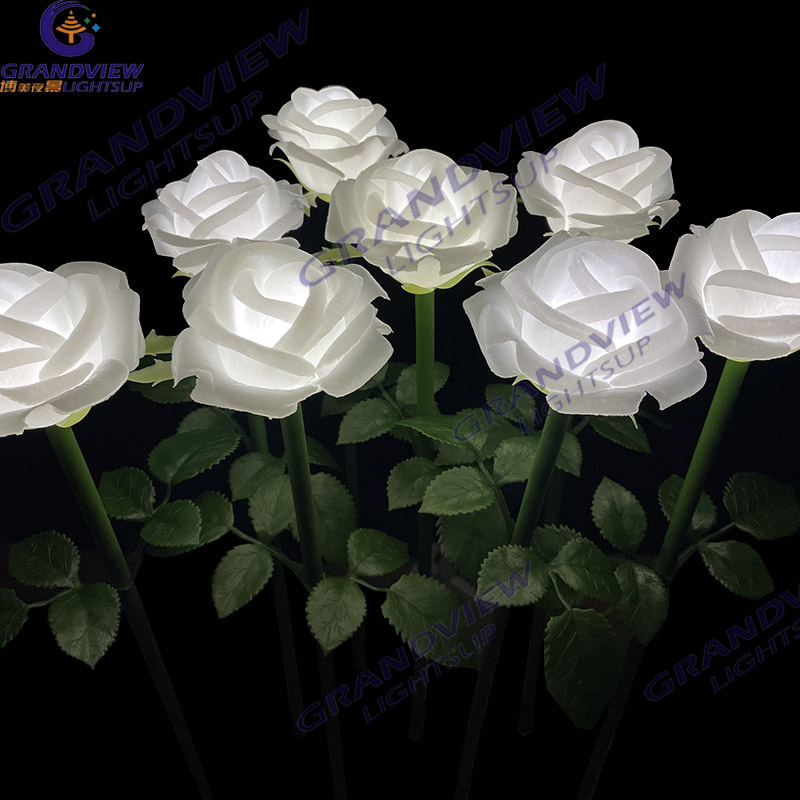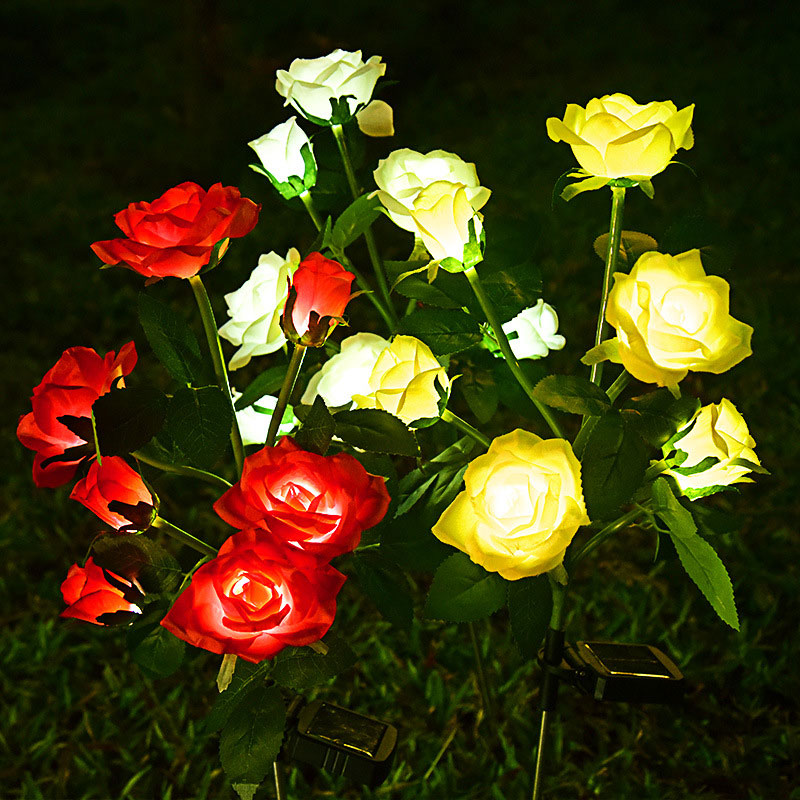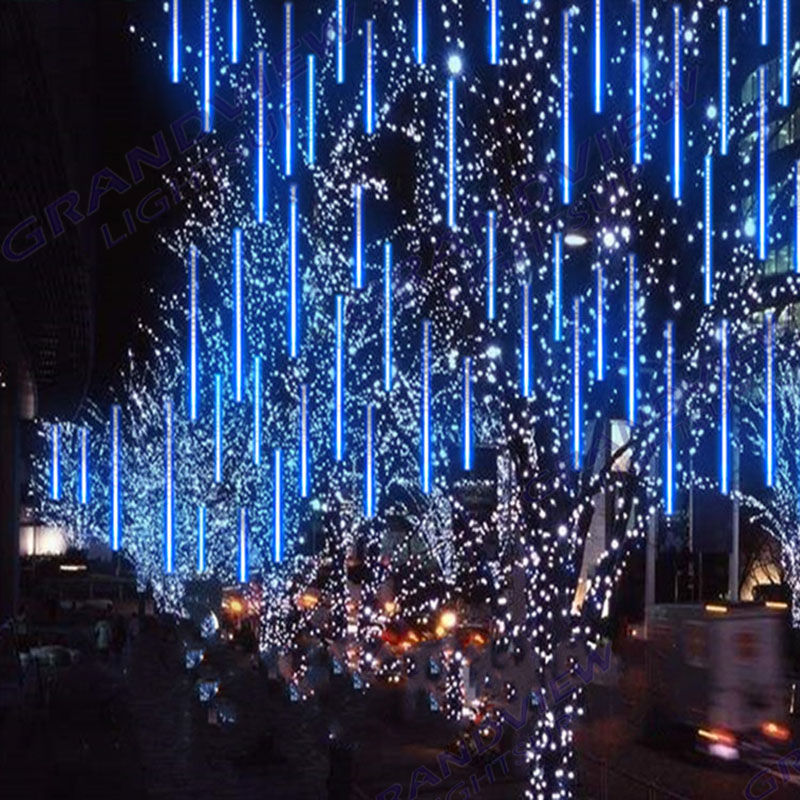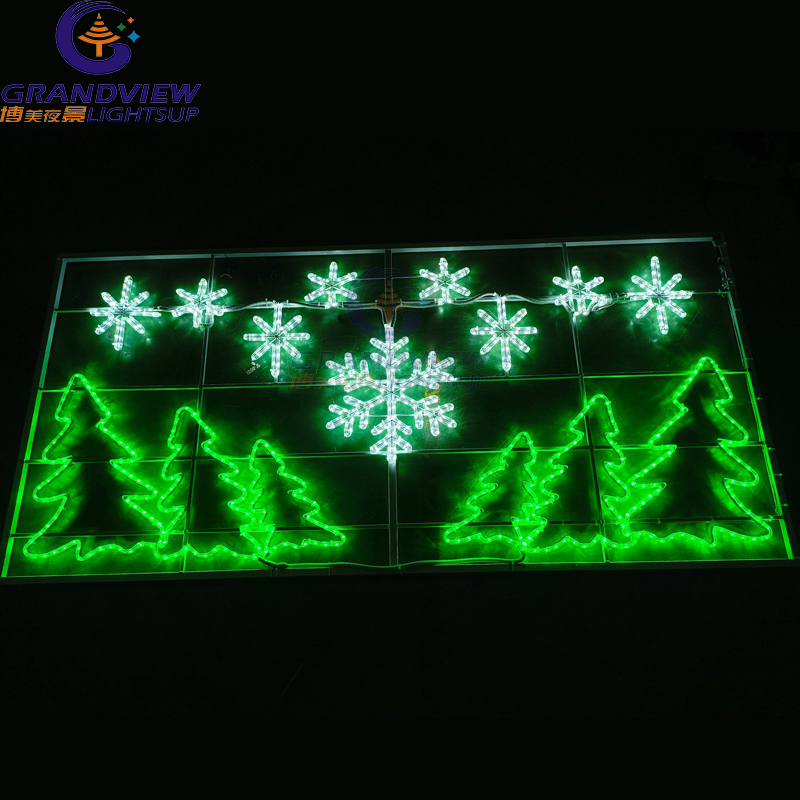I. What's the Allure of Outdoor Landscape Lights?
Outdoor landscape lights are not just simple lighting tools; they combine practical and artistic values. From a practical perspective, landscape lights can provide illumination for places such as squares, residential areas, and public green spaces at night, ensuring pedestrian safety and extending the usage time of public spaces. Artistically, landscape lights become the finishing touch in landscape design through their unique shapes, diverse light colors, and appropriate brightness.
Take the shape as an example. Landscape lights in the shape of red lanterns, with their traditional Chinese elements, can instantly add a strong festive atmosphere to the square. Green coconut - tree - shaped lights standing by the pool create an exotic tropical ambiance through their lifelike appearance. The application of light colors is also very particular. Warm yellow lights give people a sense of warmth and comfort and are often used in residential areas to create a homely atmosphere. Cool - toned lights are suitable for creating a high - tech and futuristic public space. The adjustment of brightness is equally crucial. Excessive brightness can disrupt the tranquility of the night, while insufficient brightness fails to achieve the desired lighting and decorative effects. Only the right amount of brightness can make the landscape lights shine brightly at night.
II. What Types of Outdoor Landscape Lights Are There?
Road Landscape Lights: Commonly found on urban roads and garden paths, their main function is to provide basic lighting and ensure traffic safety at night. These landscape lights come in various styles, including simple and modern columnar lights and retro and elegant European - style garden lights. Usually 3 - 6 meters in height, the lights are soft and not dazzling, which can not only illuminate the road but also avoid light pollution to the surrounding environment.
Square Landscape Lights: As public spaces where people gather, square landscape lights need to balance both lighting and decorative functions. Large - scale landscape light groups often become the iconic scenery of the square. For example, large sculptural lights show unique visual effects at night through the combination of light and sculpture art. There are also some buried lights and floodlights used to illuminate green plants, fountains, and other landscape elements in the square, highlighting the overall beauty of the square.
Garden Landscape Lights: Garden landscapes focus on creating artistic conceptions, and the design of garden landscape lights is also full of poetry. Antique palace lanterns and traditional - style lanterns complement the pavilions, terraces, and towers in the garden, creating an antique atmosphere. Some uniquely - shaped bionic lights, such as mushroom - shaped lights and firefly - shaped lights, placed in the grass and flower beds, seem to be part of nature, adding a touch of agility and fun to the garden.
III. How to Design Ideal Outdoor Landscape Lights?
Designing outdoor landscape lights requires comprehensive consideration of multiple factors. First, it is essential to achieve harmony and unity with the historical culture and surrounding environment of the scenic area. In historical and cultural scenic areas, the design of landscape lights can incorporate local cultural elements. For example, setting up landscape lights shaped like ancient oil lamps around the ancient city wall can not only showcase historical charm but also echo the style of the ancient city. In seaside scenic areas, landscape lights with marine elements, such as shell - shaped lights and sailboat - shaped lights, can be used to strengthen the marine theme of the scenic area.
Secondly, the functional requirements of different places should be considered. Landscape lights in residential areas should focus on creating a warm and comfortable atmosphere, and the lights should not be too bright. Warm - toned light sources are recommended. Landscape lights in commercial areas need to highlight a bustling and lively atmosphere, and a combination of lights with rich colors and higher brightness can be used to attract consumers' attention.
In addition, energy conservation and environmental protection are also important considerations in the design of modern outdoor landscape lights. Choosing LED light sources has advantages over traditional light sources, such as long service life, low energy consumption, and high luminous efficiency. Solar technology can also be integrated, using solar panels to collect light energy and convert it into electrical energy to power the landscape lights. This not only reduces energy consumption but also lowers usage costs, in line with the concept of sustainable development.
IV. Precautions for Using Outdoor Landscape Lights
Installation Specifications and Safety: The outdoor environment is complex and changeable. When installing landscape lights, it is necessary to strictly follow electrical installation specifications. Ensure that the grounding system of the lamps is reliable to avoid safety accidents caused by electric leakage, especially in rainy and humid areas, where waterproofing of the lines should be strengthened. At the same time, select appropriate installation locations and methods according to the load - bearing and installation requirements of different lamps to prevent the landscape lights from collapsing and causing injuries due to insecure installation.
Regular Maintenance: Landscape lights are exposed to the outdoors for a long time and are affected by natural factors such as wind, sun, rain, and so on, making components prone to aging and damage. Therefore, regular inspection and maintenance of landscape lights are required. Timely replace damaged bulbs and lamp covers, repair loose components, and clean the dust and dirt on the surface of the lamps to ensure that the landscape lights always maintain good working conditions and aesthetic appearance.
Avoiding Light Pollution: Although landscape lights can beautify the environment, improper lighting settings may cause light pollution, affecting the normal life of residents and the ecological environment. When designing and using landscape lights, control the direction and range of the light to avoid strong light directly shining into residents' windows or disturbing the habitats of wild animals. At the same time, arrange the switching time of landscape lights reasonably. Intelligent control systems can be installed to automatically adjust the brightness and switch of the lights according to day - night changes, which can not only meet the lighting needs but also reduce unnecessary energy consumption and light pollution.
Coordination with the Surrounding Environment: Landscape lights should be coordinated with surrounding environmental elements such as architectural styles and plant configurations to avoid a sense of abruptness. For example, in classical gardens, it is not advisable to install overly modern and exaggerated landscape lights; in modern commercial areas, traditional lamps that do not match the overall atmosphere should also be avoided. At the same time, pay attention to the density of landscape lights to avoid being too dense or too sparse, ensuring the uniformity and comfort of the lighting effect.


